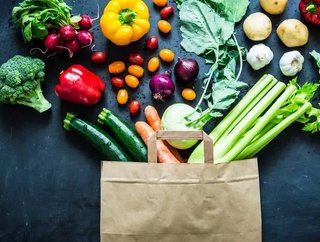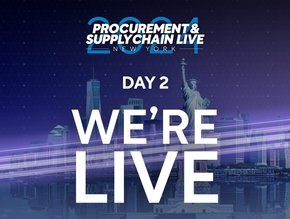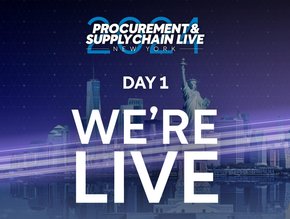Three key trends in the food retail supply chain

The Food Marketing Institute (FMI), a Washington DC-based trade group for food marketing, food retailers, and wholesalers has had its finger on the pulse of the technological and strategic trends that are reshaping the ways in which food makes its way from farm to shelf since 1976. Last week, the FMI’s Senior Vice President of Industry Relations, Mark Baum, published his list of the food retail supply chain trends that are defining the industry today. Supply Chain Digital has broken down three of the core trends identified by the report.
Information is Power
Baum notes that, across all industry supply chains, accurate and digestible information is the key to building successful customer relationships, and food is no exception. Customers are reportedly demanding to know more about their food: where it comes from, what’s in it and where it’s been.
He notes that, “according to FMI’s 2019 U.S. Grocery Shopper Trends report, the average shopper looks for six different claims on the front of the product package, and 70% say having ‘accurate information displayed at the shelf or with the product’ is very important to them.”
The On-Demand supply chain
With the rise of immediate, customer facing food delivery companies like JustEat and Deliveroo, the modern consumer has access to and expects more immediate returns from food supply chains than ever before. The Amazonization of last mile delivery culture means that food is capable of appearing on a customer’s doorstep within hours - or even minutes, if you use something like Postmates - of ordering.
Companies with agile, responsive supply chains are the ones Baum sees as thriving in this new economy of immediacy. “Our supply chain networks will need to become efficient and move faster than ever before, and we’ll see a continued collapse of cycle times as processes continue to get faster and smarter.”
SEE ALSO:
Data, Data and more Data
The level of transparency and potentially valuable insights into supply chains that the data revolution has created are staggering. In the last three years, the amount of data generated in the world exceeded by a dramatic margin all the data previously created in the history of humanity.
Baum notes that, “tracking every case, pallet, vehicle, item and customer in the supply chain will continue to create a vast amount of data. This rich ocean of detailed data, plus years of transaction-level data, will provide the perfect evolutionary conditions for a whole new generation of machine learning and optimization.” The companies that can collect and collate the right data about their food supply chains are the ones that will see the most success going forward.
- Top 100 Women 2024: Karen Jordan, PepsiCo – No. 5Digital Supply Chain
- Fairtrade Fortnight focuses on sustainable supply chainsSustainability
- New Soy Manifesto will cut deforestation from supply chainsSustainability
- UK Food Supply Chains Vulnerable to CyberattackSupply Chain Risk Management






